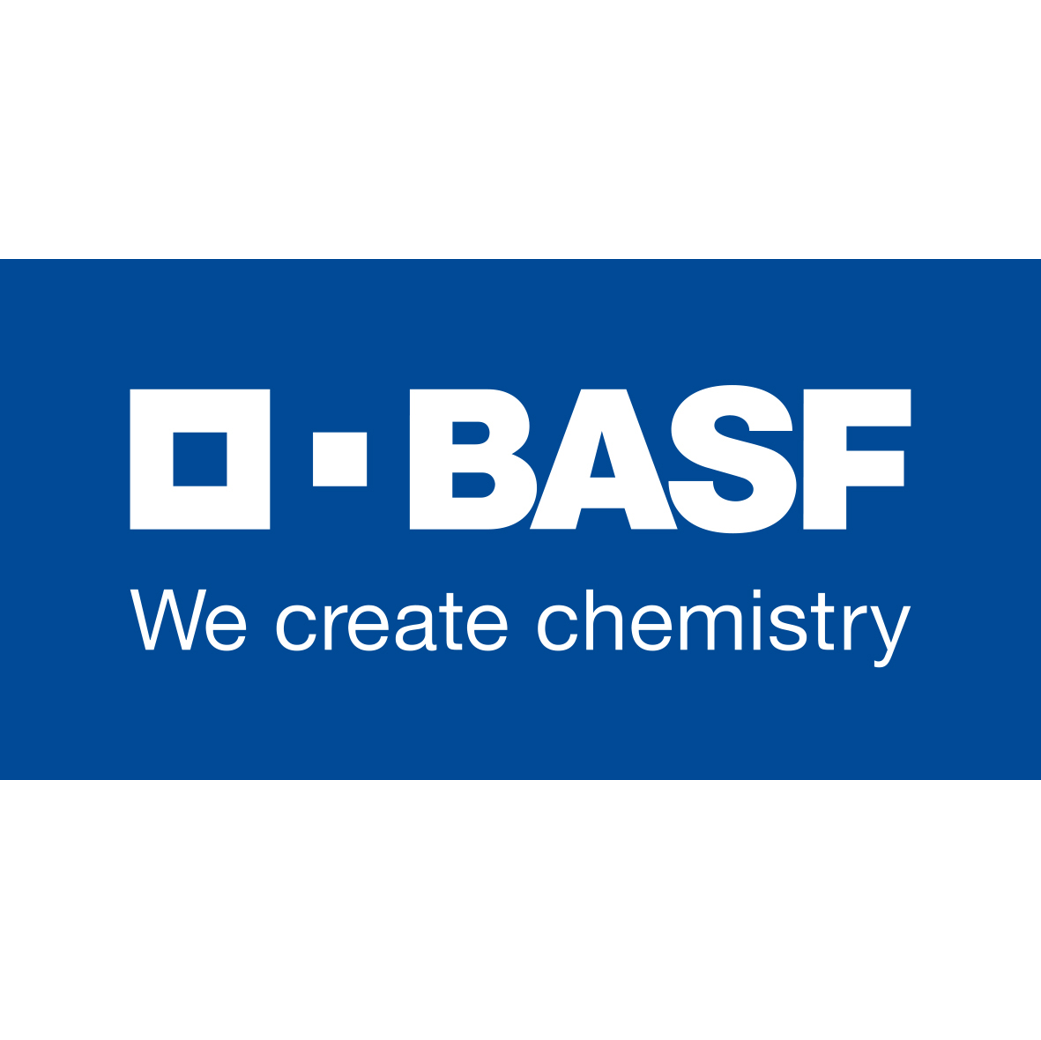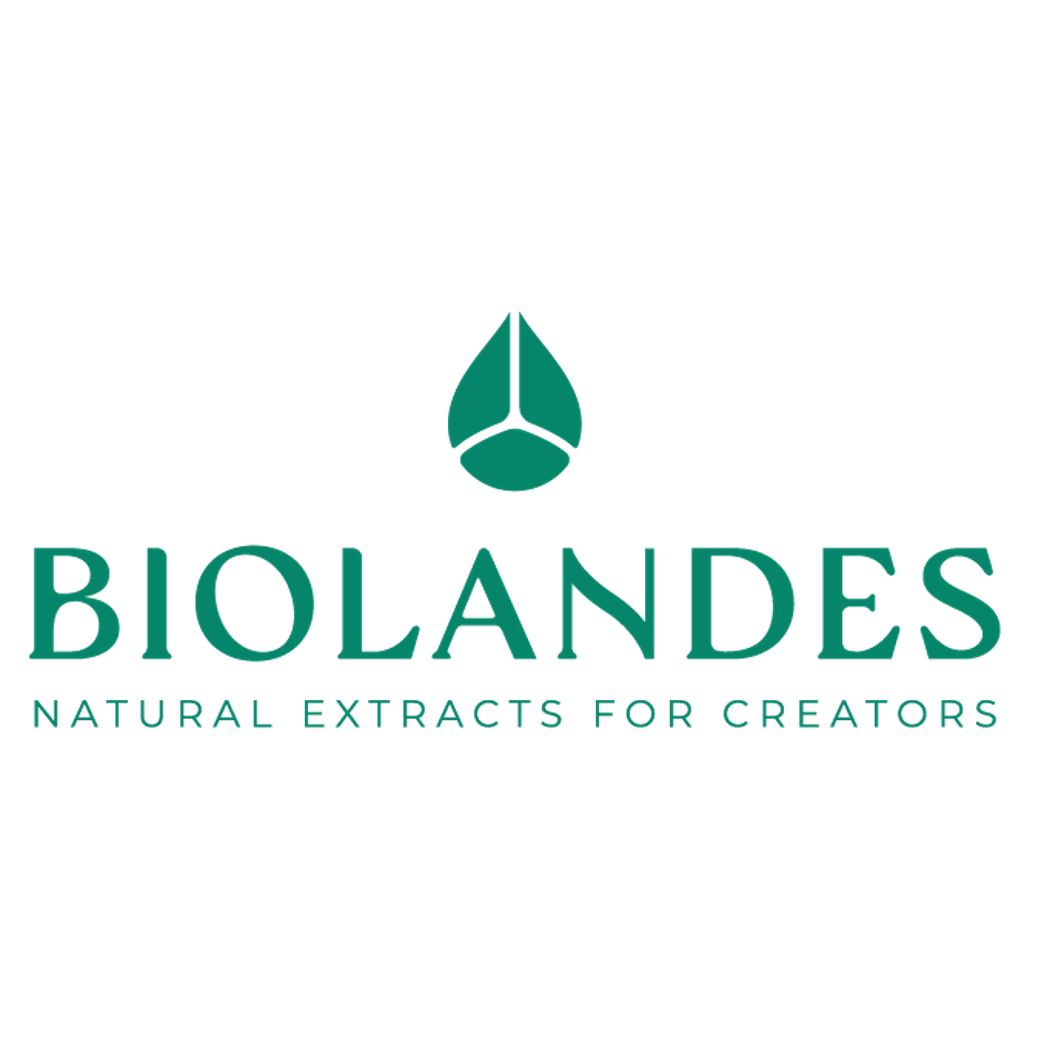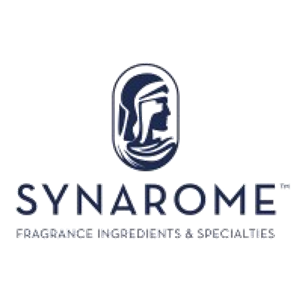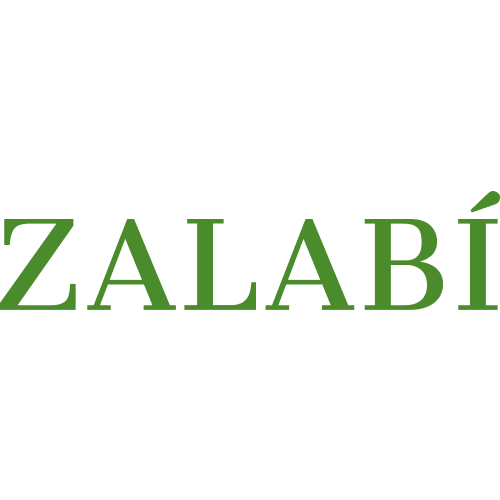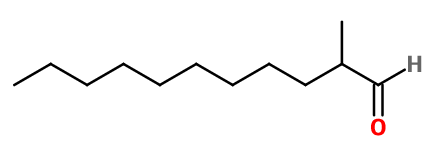
Photo credits: ScenTree SAS
| Company | Ingredient Name | ID | Comments | Naturality | Certifications | MOQ | Purity |
|---|---|---|---|---|---|---|---|
|
|
ALDEHYDE MNA | 907771 |
Visit website
|
Molecules |

|
- | - |
|
|
Aldéhyde C12 MNA - 30 Gr | - |
Visit website
|
- | - | - | |
|
|
C12 MNA ALDEHYDE | - |
Visit website
|
- | 10 grs | - |
General Presentation
-
CAS N° :
110-41-8 -
EINECS number :
203-765-0 -
FEMA number :
2749 -
FLAVIS number :
05.077
-
JECFA number :
275 -
Volatility :
Heart -
Price Range :
€€
Physico-chemical properties
-
Appearance :
Colorless liquid -
Density :
0,832 -
Refractive Index @20°C :
1.431 - 1.435 -
Optical rotation :
Data not available. -
Vapor pressure :
0.009 mmHg @20°C -
Flash Point :
68°C (154,4°F)
-
Molecular formula :
C12H24O -
Molecular Weight :
184,32 g/mol -
Log P :
4,9 -
Fusion Point :
< -50°C (< -58°F) -
Boiling Point :
231°C (447,8°F) -
Detection Threshold :
0,0209 ng/l air
Chemistry & Uses
Uses in perfumery :
Aldehyde C-12 MNA is used in citrus notes, in colognes and eaux fraiches in small quantities. Boosts the top note of the formula.
Year of discovery :
Discovered in 1903.
Natural availability :
Aldehyde C-12 MNA is not available in its natural state.
Isomerism :
Aldehyde C-12 MNA is less zesty than Aldehyde C-12 Lauric.
Synthesis precursor :
Aldehyde C-12 MNA forms a Schiff base by reaction with Methyl Anthranilate or Indole for example. It can also be used for condensation with another aldehyde or ketone to form the desired alcene.
Synthesis route :
Aldehyde C-12 MNA (for Methyl Nonyl Acetaldehyde) is synthesized in two different ways. 2-Undecanone reacts with a Chloroacetate to give a glycidate, which can be saponified and decarboxylated to obtain the final product. The second route of synthesis firstly reacts Aldehyde C-11 Undecylenic with formaldehyde in the catalytic presence of an amine, and then a hydrogenation of the intermediate product allows to obtain the Aldehyde C-12 MNA.
Stability :
Aldehydes may form diethylacetals in alcoholic perfumes, with no real impact on their smell
Other comments :
Aldehyde C-12 MNA is one of the best-performing aldehydes. Its smell is less fruity than the one of Aldehyde C-12 Lauric or Aldehyde C-9 for example.
Used for the first time in 1912, in Quelques fleurs by Houbigant.
IFRA
IFRA 51th :
This ingredient is not restricted for the 51th amendment





